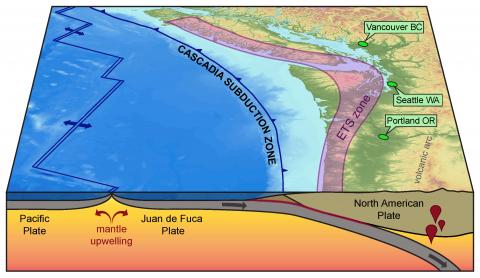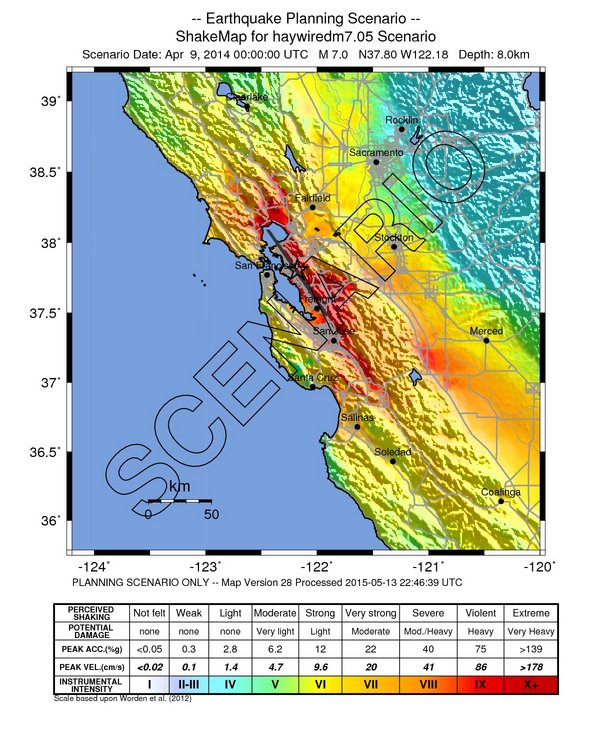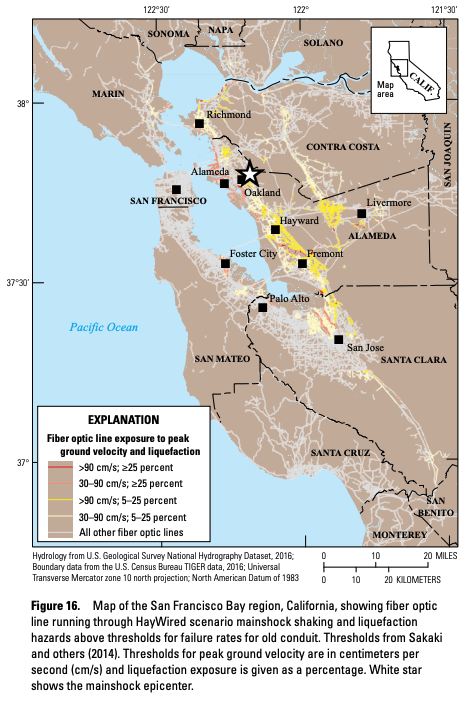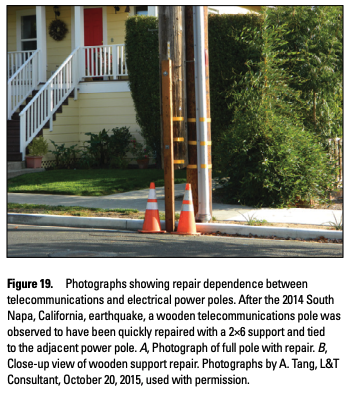Ever wonder what #EarthquakeHazard looks like for the entire US? The @USGS’s National Seismic Hazard Map (NSHM) defines the potential for earthquake ground shaking for various probability levels across the country. 

The NSHM represents an assessment of the best available science in earthquake hazards and incorporates new findings on earthquake ground shaking, seismicity, slip-rates, frequencies of various magnitudes and long-period amplification over deep sedimentary basins.
Periodic revisions of these maps incorporate results of new research. The above, 2018 map is based on the most recent USGS models for the conterminous U.S. (2018), Hawaii (1998), and Alaska (2007).
Previous NSHM’s were developed in 1996, 2002, 2008, and 2014 and a 2023 update is on its way!
These maps provide information essential to creating and updating the seismic design provisions of building codes, insurance rates risk assessments, and other public policy used in the United States and can also help people assess the hazard to their homes or places of work.
Buildings, bridges, highways, and utilities built to meet modern seismic design provisions are better able to withstand earthquakes, not only saving lives but also enabling critical activities to continue with less disruption.
Learn more about USGS Earthquake Hazards at: usgs.gov/natural-hazard…
• • •
Missing some Tweet in this thread? You can try to
force a refresh













